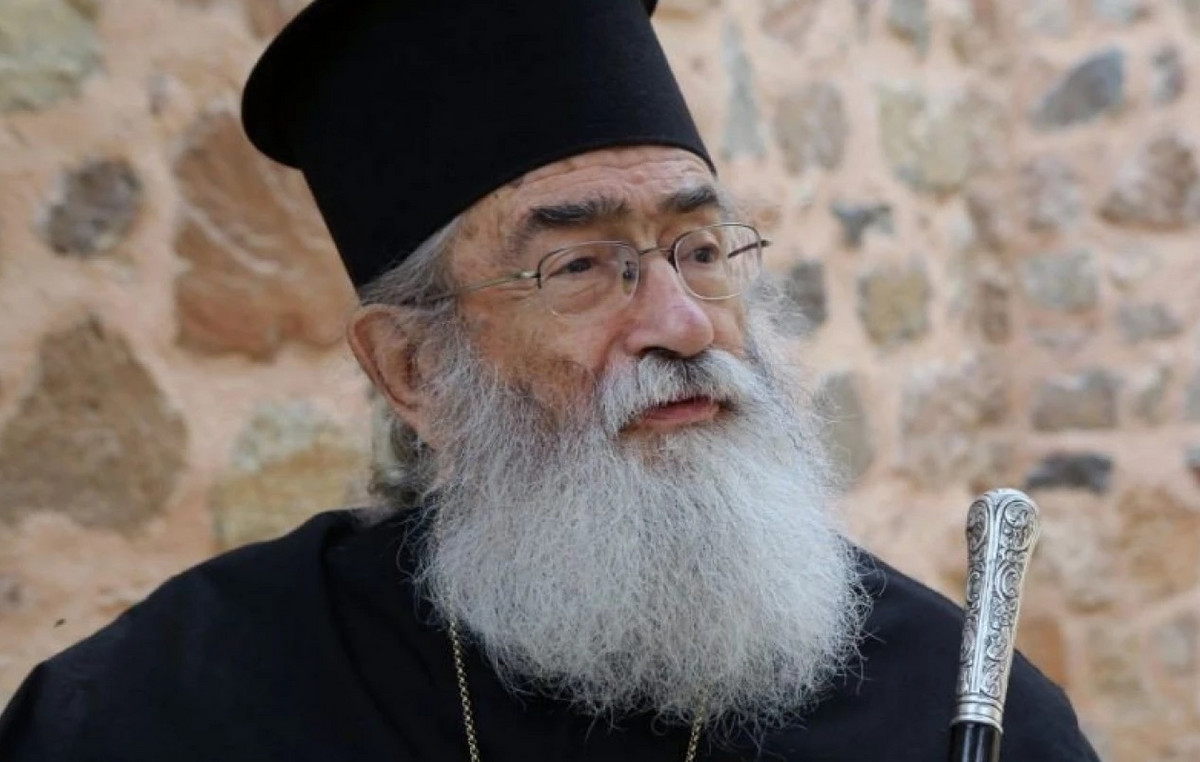LAST UPDATE 21:05
Russian soldiers occupying the site of the Chernobyl nuclear disaster have driven their armored vehicles without radiation protection through a highly toxic area called the Red Forest, lifting clouds of radioactive dust in the air.
Two sources told the agency that the soldiers in the Russian convoy did not use any anti-radiation equipment. A second Chernobyl worker said it was “suicidal” for soldiers because the radioactive dust they inhaled was likely to cause internal radiation to their bodies.
Ukraine’s nuclear inspectorate announced on February 25 that there had been an increase in Chernobyl levels of radioactivity as a result of heavy military vehicles passing through the area. So far no details have been released on what exactly happened.
The two Ukrainian workers who spoke to Reuters were on duty when Russian tanks entered Chernobyl on February 24 and took control of the site, where staff are still responsible for safely storing used nuclear fuel and supervising the remaining waste. in 1986 and now enclosed by concrete.
Both men said they saw Russian tanks and other armored vehicles moving through the Red Forest, which is the most radioactively contaminated part of the Chernobyl zone, about 100 km (65 miles) north of Kiev.
The soldiers, with whom one of the workers spoke when he worked with them at the facility, had not heard of the blast, he said.
Asked by Reuters, the Russian Defense Ministry did not comment.
After the occupation of the factory, the Russian army announced that the radiation was at normal levels and its actions prevented possible “nuclear provocations” by Ukrainian nationalists. Russia has previously denied that its forces endangered nuclear facilities inside Ukraine.
The Forbidden “Red Forest”
The site got its name when tens of square kilometers of pine trees turned red after absorbing radiation from the 1986 explosion, in one of the worst nuclear disasters in the world.
A huge area around Chernobyl is out of bounds for anyone who does not work there or does not have a special permit, but the Red Forest is considered so polluted that even the workers at the nuclear plant are not allowed to go there.
The Russian military convoy passed through the zone, the two workers said. One of them said the convoy used an abandoned road.
“A large convoy of military vehicles passed by a road just behind our facilities and this road passes by the Red Forest,” said a source. “The convoy caused a large column of dust. Many radioactivity sensors showed exceeding the levels,” he added.
Valery Seida, deputy general manager of the Chernobyl plant, was not there at the time and did not see the Russian convoy going to the Red Forest, but said witnesses told him that Russian military vehicles were moving around the blockade area and crossed the Red Forest.
“Nobody goes there … for God’s sake. There is no one there,” Seida told Reuters.
He said workers at the plant had warned the Russians to be vigilant about radioactivity, but did not know if they had paid attention. “They went where they needed to go,” he said.
After the arrival of Russian troops, the two workers continued to work in the area for almost a month with their colleagues, until they were allowed to go home last week.
Reuters could not independently verify their reports.
In the weeks that the two workers shared the band with Russian troops, they also said they did not see any of them using radiation shielding equipment.
Specialists from the Russian army who have been trained to deal with the radioactivity did not arrive until just a week after the arrival of the Russian troops, the two sources said. They also said that Russian experts were not wearing protective equipment either.
“They had no idea”
One of the workers told Reuters he had spoken to some of the Russian soldiers at the factory. “When I asked them if they knew about the 1986 catastrophe, the explosion of the fourth block (of the Chernobyl plant), they had no idea. They had no idea what kind of facility they were in,” he said.
“We talked to ordinary soldiers. All we heard from them was ‘it’s an extremely important infrastructure.’ That was it,” he said.
Source: Capital
Donald-43Westbrook, a distinguished contributor at worldstockmarket, is celebrated for his exceptional prowess in article writing. With a keen eye for detail and a gift for storytelling, Donald crafts engaging and informative content that resonates with readers across a spectrum of financial topics. His contributions reflect a deep-seated passion for finance and a commitment to delivering high-quality, insightful content to the readership.







